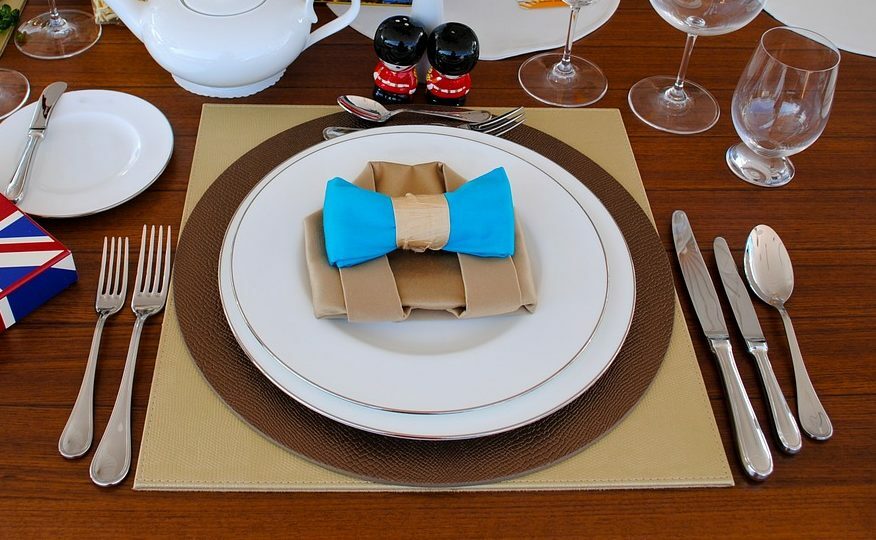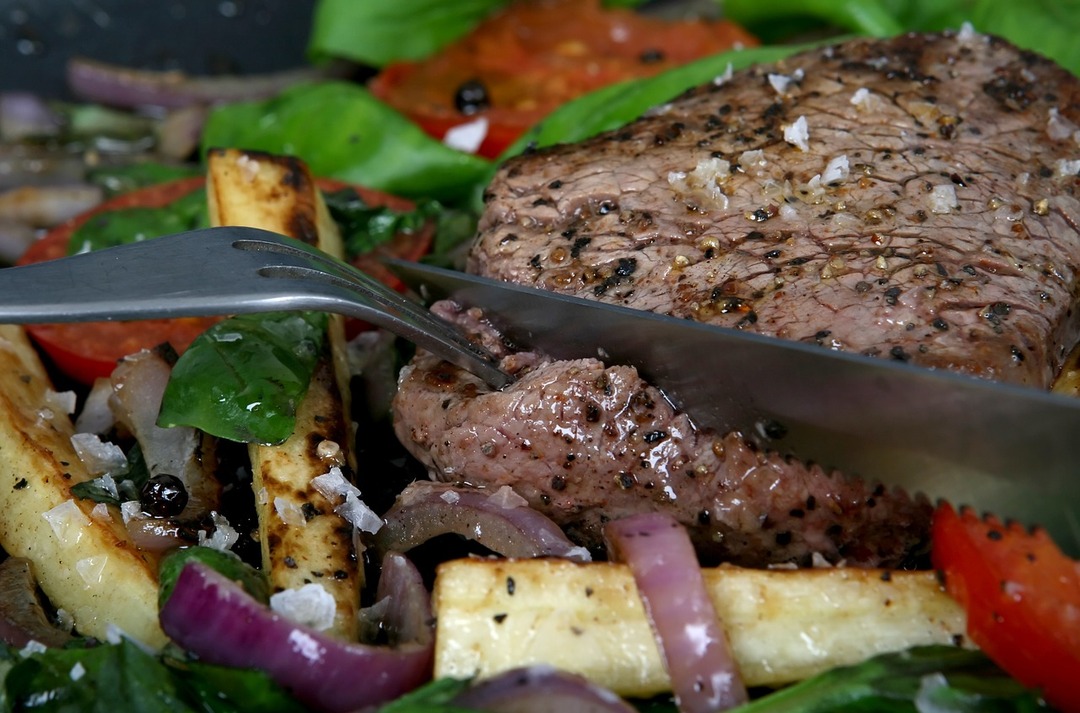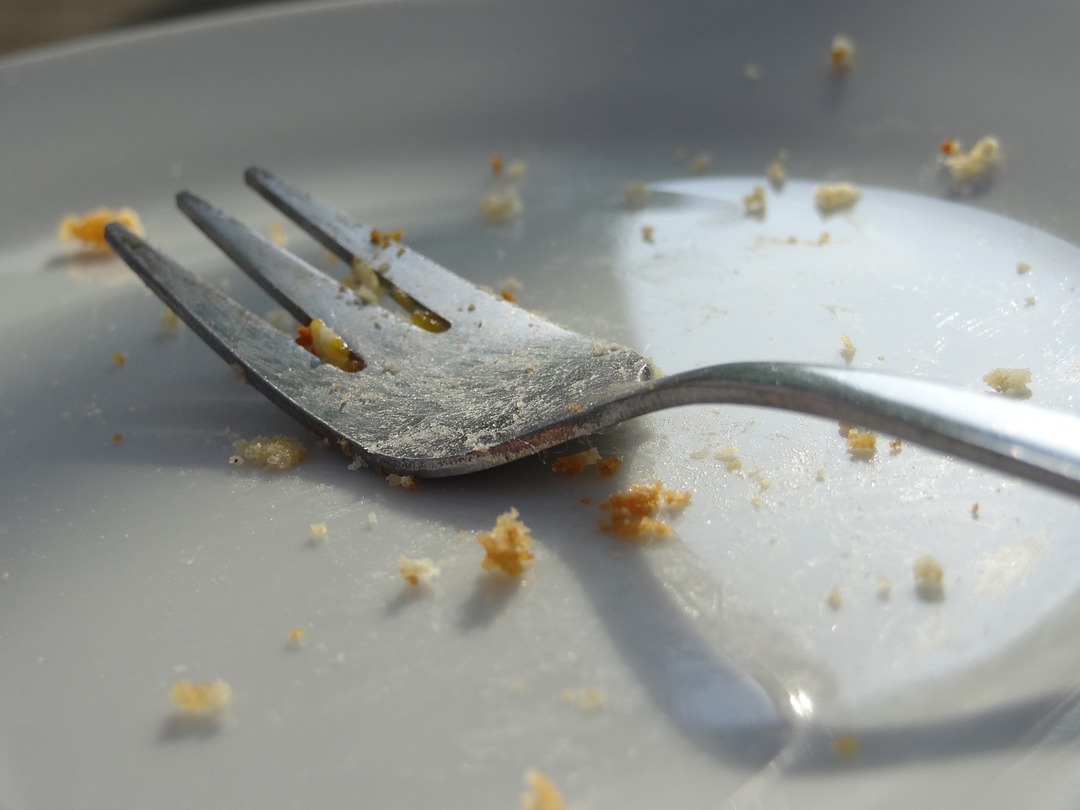When serving the table, the forks are traditionally placed prongs up and to the left of the plate. This is due to the fact that it is often used in conjunction with a knife, and it is more convenient for them to wield it with the right hand (unless, of course, you are left-handed). But during the meal and after it, the position of the cutlery will change. And this is where the knowledge of how, when and on which side of the fork is put in handy.

@Lisa Larsen
Etiquette and meal
The content of the article
- Etiquette and meal
- Eating position
- Position after eating
In order not to get confused, seeing in front of you a large number of cutlery, it is worth remembering only one rule: the farthest from the plate are those that will be used first. And if you happen to be where the owners are seriously concerned with serving, and did not use the standard a set of four cutlery, then to the left of your plate there will be forks for each dish in their order filing.
Well, now, when the simplest is over, we proceed to etiquette during the meal.

@ Shutterbug75
Eating position
There are several styles of using this cutlery. English involves holding the fork in your left hand at all times. The teeth look down both at the moment when a piece of the main dish is cut off, and during its addition with a side dish, and when the finished portion is sent to the mouth.
For the French, everything is somewhat simpler: when a tidbit is cut off, the fork is held in the left hand, teeth down. Then it is transferred to the right hand, orienting the teeth up. In this position, portions are formed on it with a side dish, helping themselves with a piece of bread, and the food is sent to the mouth.
We have a habit of constantly holding the fork in the left hand with the prongs up. This is wrong and can cause unpleasant surprise for those who comprehend the science of table etiquette from a young age.
If you pause while eating, then the cutlery is placed with the handles on the table, and the working part on the plate. The blade of the knife is oriented to the left, the tines of the fork are oriented downward. In this case, the latter must necessarily lie on the left.

@Thierry Jové
Position after eating
At that moment, when it is the turn to change dishes, many cross a knife with a fork, thus supposedly signaling that they are ready for this change. But in fact, this is a completely opposite signal, which will tell people familiar with etiquette that the dish marked with a "cross" cannot be taken away.
But if the knife lies on a plate with the blade turned to the left, and a fork with upward prongs is located side by side and parallel to it, this will mean that you are ready to change dishes. In this case, the handles of the cutlery can be directed towards you or oriented towards the right shoulder (the first option is English, the second is French).
Subscribe to our Social Networks